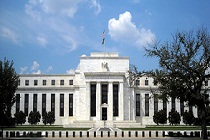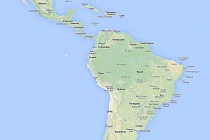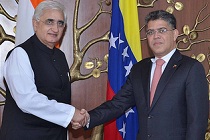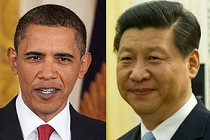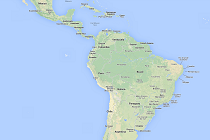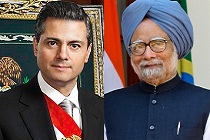A new house for sovereign ratings
Efforts to reform credit rating agencies after the 2008 financial crisis have failed to address concerns about their ability to assess a nation’s financial status. Issues like private interests and a disregard for the diversity of development models have made it imperative to think of a new multilateral agency


